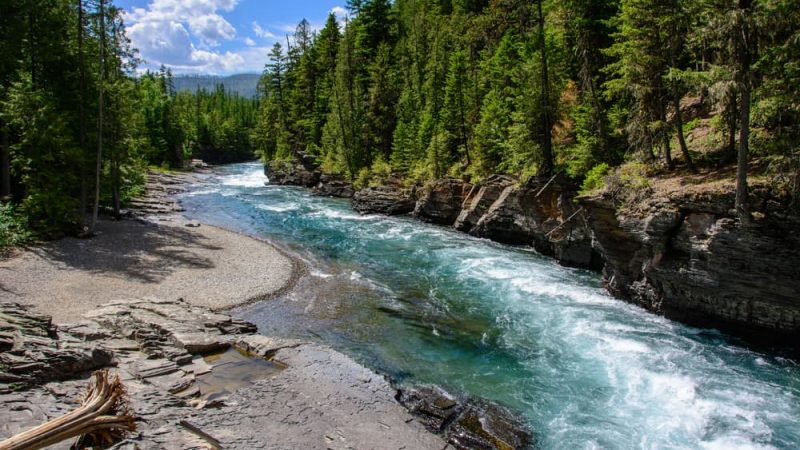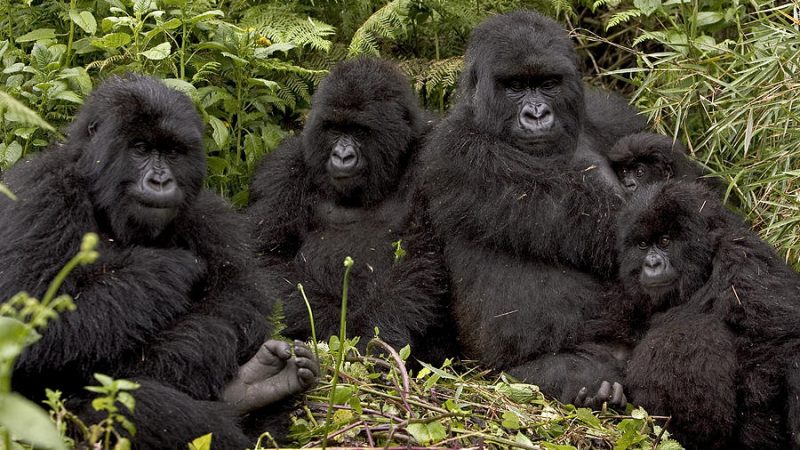Summiting the World’s Seven Highest Mountains
Reaching the summit of the world’s seven highest mountains is the ultimate challenge for mountaineers, requiring skill, determination, and unwavering perseverance. From the towering peaks of Everest and K2 to the remote and formidable slopes of Kangchenjunga and Annapurna, these majestic mountains stand as symbols of human endurance and the indomitable spirit of exploration. For those brave enough to take on the challenge, summiting these peaks is a test of physical and mental strength that offers the ultimate reward – standing on top of the world.
Mount Everest, the tallest mountain on Earth, is the pinnacle of mountaineering achievement and the ultimate test of endurance. Rising to a staggering height of 8,848 meters (29,029 feet) above sea level, Everest towers above the Himalayas, beckoning adventurers from around the world to test their mettle against its formidable slopes. Summiting Everest is a grueling endeavor that requires months of preparation, acclimatization, and sheer determination. Despite the risks and challenges, thousands of climbers attempt to reach the summit each year, drawn by the allure of standing on the highest point on Earth and the unparalleled sense of achievement that comes with conquering Everest’s legendary peak.
K2, the second highest mountain in the world, is often considered even more challenging than Everest due to its extreme weather conditions, technical difficulties, and steep, exposed slopes. Located in the Karakoram Range on the border of Pakistan and China, K2 rises to a height of 8,611 meters (28,251 feet) and is notorious for its unpredictable weather patterns and treacherous terrain. Summiting K2 requires exceptional mountaineering skills, ice climbing expertise, and a high tolerance for risk. Despite its formidable reputation, K2 continues to attract elite climbers from around the world who are drawn to its remote and untamed beauty.
Kangchenjunga, the third highest mountain in the world, is located on the border of Nepal and the Indian state of Sikkim. Rising to a height of 8,586 meters (28,169 feet), Kangchenjunga is known for its stunning beauty and challenging climbing conditions. The mountain’s name translates to “Five Treasures of Snow,” referring to its five distinct peaks, each of which is adorned with a crown of ice and snow. Summiting Kangchenjunga is a test of endurance and technical skill, requiring climbers to navigate steep icefalls, crevasses, and avalanches while battling extreme cold and altitude sickness. Despite its challenges, Kangchenjunga remains a coveted prize for mountaineers seeking to test their limits and experience the thrill of standing on one of the world’s highest summits.
Lhotse, the fourth highest mountain in the world, is located just south of Mount Everest in the Himalayas. Rising to a height of 8,516 meters (27,940 feet), Lhotse is renowned for its steep, icy slopes and challenging climbing conditions. The mountain’s name translates to “South Peak” in Tibetan, reflecting its position as the southern neighbor of Everest. Summiting Lhotse requires climbers to navigate treacherous icefalls, crevasses, and seracs while battling extreme cold and high winds. Despite its proximity to Everest, Lhotse presents its own set of challenges and rewards for mountaineers brave enough to attempt its ascent.
Makalu, the fifth highest mountain in the world, is located on the border of Nepal and China in the eastern Himalayas. Rising to a height of 8,485 meters (27,838 feet), Makalu is known for its dramatic pyramid-shaped peak and challenging climbing conditions. The mountain’s name translates to “Great Black” in Sanskrit, referring to its dark, rocky slopes. Summiting Makalu is a formidable challenge that requires climbers to navigate steep, technical terrain and contend with extreme altitude and weather conditions. Despite its remote location and challenging climbing conditions, Makalu remains a popular destination for mountaineers seeking to test their skills and push their limits in the high Himalayas.
Cho Oyu, the sixth highest mountain in the world, is located on the border of Nepal and China, just west of Everest. Rising to a height of 8,188 meters (26,864 feet), Cho Oyu is known for its relatively gentle slopes and straightforward climbing routes, making it one of the more accessible 8,000-meter peaks. Despite its lower technical difficulty compared to other mountains in the region, summiting Cho Oyu still requires climbers to contend with extreme altitude, cold, and weather conditions. For many mountaineers, Cho Oyu serves as a stepping stone to higher and more challenging peaks, offering valuable experience and acclimatization in preparation for more ambitious climbs.
Dhaulagiri, the seventh highest mountain in the world, is located in the Himalayas of Nepal. Rising to a height of 8,167 meters (26,795 feet), Dhaulagiri is known for its massive size and formidable climbing conditions. The mountain’s name translates to “White Mountain” in Sanskrit, referring to its snow-capped peaks and icy slopes. Summiting Dhaulagiri is a demanding and technically challenging endeavor that requires climbers to navigate steep, icy terrain, high winds, and extreme cold. Despite its challenges, Dhaulagiri continues to attract experienced mountaineers from around the world who are drawn to its remote and untamed beauty.
Summiting the world’s seven highest mountains is a monumental feat that requires skill, determination, and unwavering perseverance. From the towering peaks of Everest and K2 to the remote and formidable slopes of Kangchenjunga and Annapurna, these majestic mountains offer the ultimate challenge for mountaineers seeking to test their limits and push themselves to new heights. Despite the risks and challenges, the rewards of reaching the summit are immeasurable – standing on top of the world, surrounded by breathtaking vistas and a profound sense of accomplishment. So for those brave enough to take on the challenge, the world’s highest mountains await – ready to test your strength, courage, and spirit of adventure.


